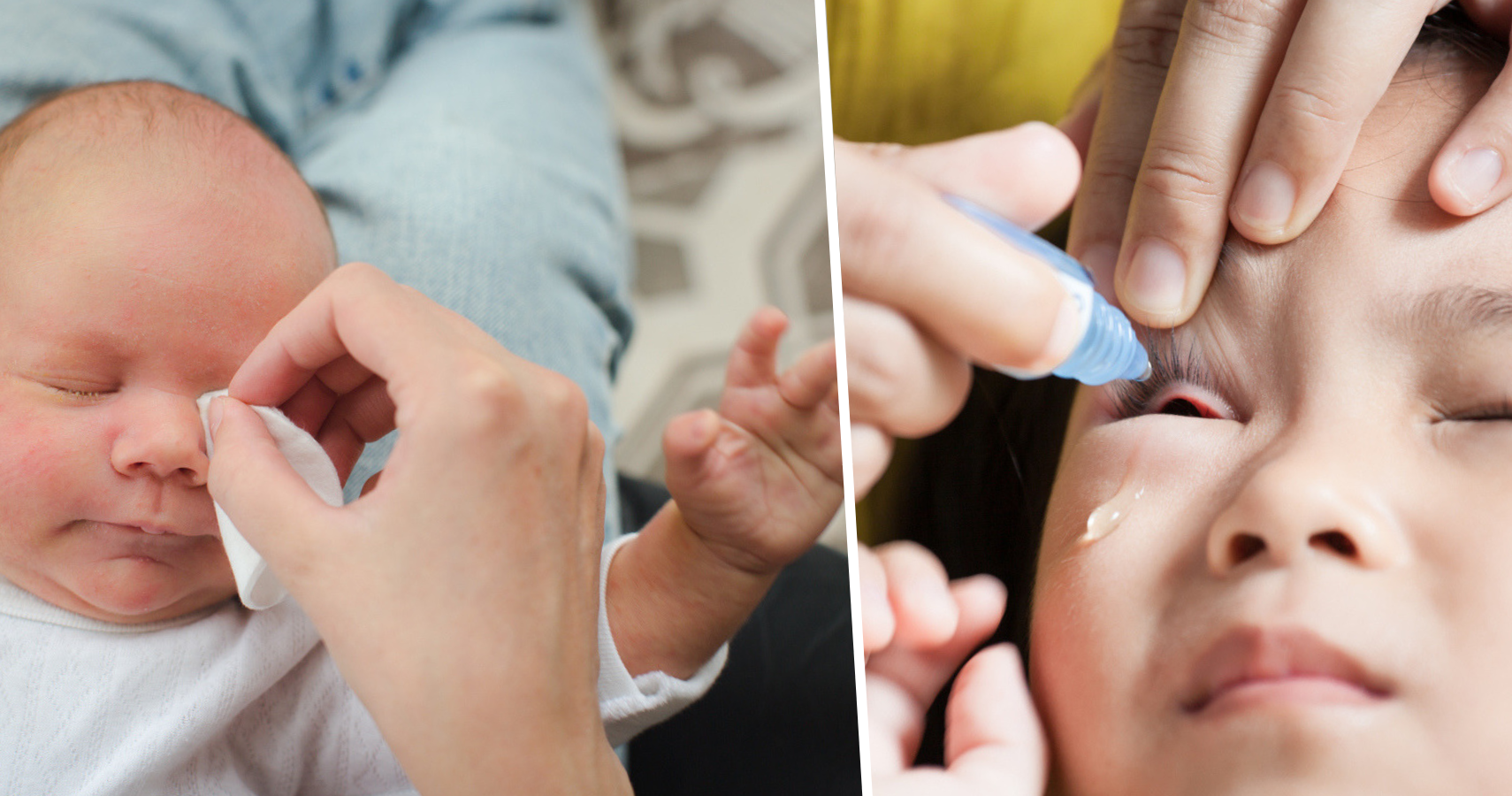Back to school season is also known in some circles by its other name: Here Come All the Germs season! It never fails: you've managed to keep your kids healthy all summer long, but a month into the school year and they've already had two colds and a fever. With cold and flu season ramping up, parents everywhere are on high alert to keep those nasty bugs at bay. But some common childhood ailments will make their way to your home, despite your best efforts. Because kids are kind of gross, and they spread germs like its going out of style!
One of the main culprits that takes down school-aged kids all over the country is pinkeye. Just the name alone is enough to send shivers down any parent's spine (but hey, at least it's not lice, right?). Pinkeye, or conjunctivitis, is a really contagious eye ailment that is spread by simple contact. Luckily, it's not serious when diagnosed and treated early. Here's what to look for, and how to get rid of it.
Pinkeye is sort of a catchall term that refers to several different eye ailments. There is viral or bacterial pinkeye, allergy-induced pinkeye, and giant papillary conjunctivitis, which is a reaction to a foreign body in the eye. By far, the most common is viral pinkeye. It also happens to be the most contagious!
Symptoms of pinkeye include redness in the white or inner lid of the eye, swelling in the conjunctiva (the mucus membrane that covers the eyeball and lines the inner eyelid), watery eyes, itching or burning, green or white discharge from the eye, and a yellow crust that forms along the lash line, usually while sleeping. Viral pinkeye may also cause swollen lymph nodes. Call your doctor if your child experiences severe pain when they look into a bright light, their eyes are crusted shut in the morning or they have an usually high amount of eye goop, or they have a fever, face pain, or vision impairment or loss. Also, while pinkeye is very rarely serious in kids and adults, it can be very serious in newborns, so call your doc right away if your wee babe has any symptoms.
Since allergies or irritation in the eye can often be mistaken for pinkeye, your doctor will likely want to do a quick test of the fluid from the eye to confirm diagnosis. Once pinkeye has been diagnosed, treatment will differ depending on the type. Viral pinkeye should just run the course, and can last anywhere from 4 - 7 days (but remember to keep your child isolated so it doesn't spread!). Bacterial pinkeye can be treated with drops or ointment prescribed by your pediatrician.
Avoiding pinkeye really comes down to cleanliness, so make sure your kiddos are washing their hands regularly, and are not sharing things like glasses and masks with classmates and friends. It's also a good idea to change and/or wash pillow cases everyday.
READ NEXT: This Pediatrician's Straight-To-The-Point Shirt Is An Important Message

